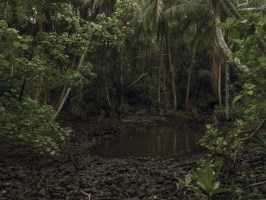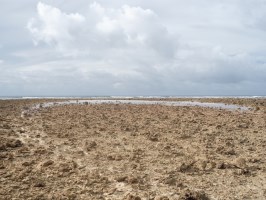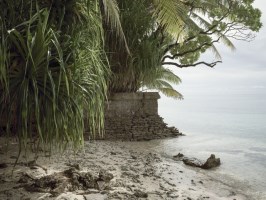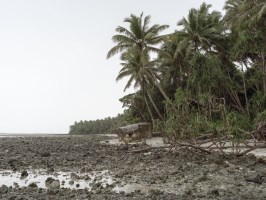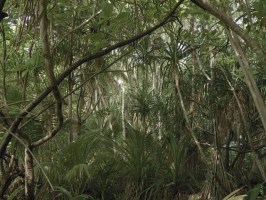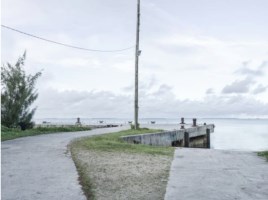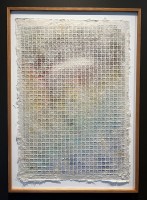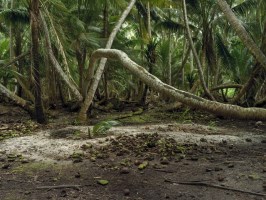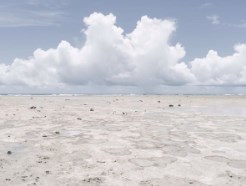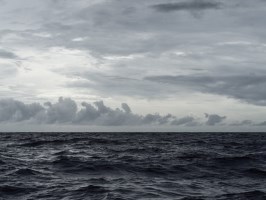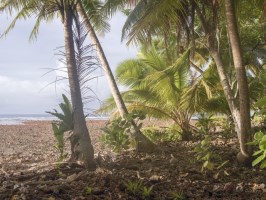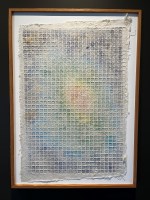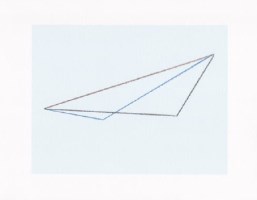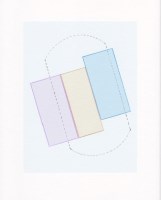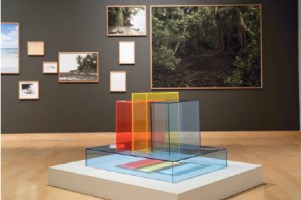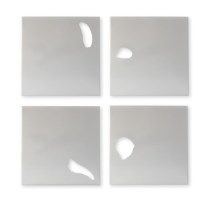Matthew Arnold
-
Selected Works
Longing for Amelia— The Historical and Mythological Landscape
Just before dawn on July 2, 1937, Amelia Earhart and her navigator Fred Noonan took off from Lae, New Guinea in their heavily loaded Electra L-10E aircraft. The destination was Howland Island, a flat narrow bit of land, 6500 feet long and 1600 feet wide—intended to be used to land and refuel, in order to continue on to Hawaii. This was to be the third to the last of 32 legs of her heroic but ill-fated attempt to be the first woman to circumnavigate the globe by airplane. Unfortunately she disappeared. The last confirmed radio transmission came when Earhart and Noonan said they were nearly 200 miles from Howland. There was no further contact.
Eighty-three years after Earhart’s disappearance, only theories remain, yet her legend survives in the many individuals still searching for evidence of what happened to her on that fateful day in 1937.
What is it that keeps us so captivated with Earhart?
Is it an admiration for her bold fearlessness as an aviator in an industry and era dominated by men? Is the mythology surrounding her disappearance so intriguing because she disappeared in such a remote and unknown environment to most Westerners? Is it the undeniable romance of an almost archetypal tragedy—a 20th century Icarus? Or is it because it occurred under such extraordinary circumstances, only a few years prior to the beginning of the Second World War? With his new photographic project, Matthew Arnold will document the environs that play host to the many theories which attempt to resolve the mystery of Amelia Earhart’s disappearance.
The work presented here is from the first stage of Arnold’s project—a five-week expedition to the outer-reaches of the Mariana and Marshall Islands, photographing the seascapes and landscapes specific to the “Japanese Capture” theory. It is a theory which involves a forced landing in fortified Japanese territory followed by capture, imprisonment, and possible execution at the hands of their Imperial Navy.
This expedition is the culmination of over a year’s worth of research, fundraising, and planning. While this may only be the beginning stage, the idea is to present each stage as its own entity so as to give weight to each theory of Earhart’s demise.
The complete breadth of this project will involve travel to multiple parts of the Central and South Pacific, photographing related seascapes and landscapes of these remote regions. The Phoenix Islands, as an example, hold multiple theories to Earhart’s disappearance, including both the “Nikumaroro Theory,” and the “Orona Theory” where she is believed to have succumbed to the elements after landing on these deserted islands. In Papua New Guinea he will photograph both the “New Britain Island” and “Buka Island” theories, that suggest she crashed while attempting to return to New Guinea.
In photographing these remote regions, along with the incorporation of many historical ephemera, Arnold will give visual detail to each of the theories surrounding Earhart’s disappearance. The images will illustrate his notion of both the historical and mythological landscape surrounding the hypotheses of an historic heroine’s unknown fate in a distant land.
-
Biography
Biography
USA ,
Matthew Arnold’s first solo exhibition of this project was recently on view at the Turchin Center for the Visual Arts at Appalachian State University.
His previous project was published as a monograph entitled, Topography Is Fate—North African Battlefields of World War II, by the German publisher, Kehrer Verlag, Heidelberg, with a foreword written by Hilary Roberts, research curator of photography at the Imperial War Museums in Britain. It has been exhibited at the Happy Lucky No. 1 Gallery in New York City, the Metropolitan Gallery in Philadelphia, and has been featured in photography festivals and group exhibitions around the world—including an important exhibition at the MFA in Boston entitled Permanent War—The Age of Global Conflict.
Arnold was recently named a 2020 Critical Mass Top 50 Photographer by Photolucida (his second) for his project on the disappearance of Amelia Earhart. In 2020 he was asked to jury the Earth Photo Prize for the Royal Geographical Society in London. Other awards that he has won include being named a Museum of Fine Arts, Boston, Traveling Fellow, as well as a Top 50 LensCulture Emerging Photographer.
Matthew Arnold currently lives and works in Los Angeles. -
Exhibitions
